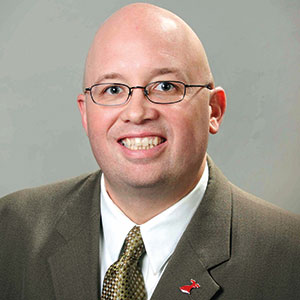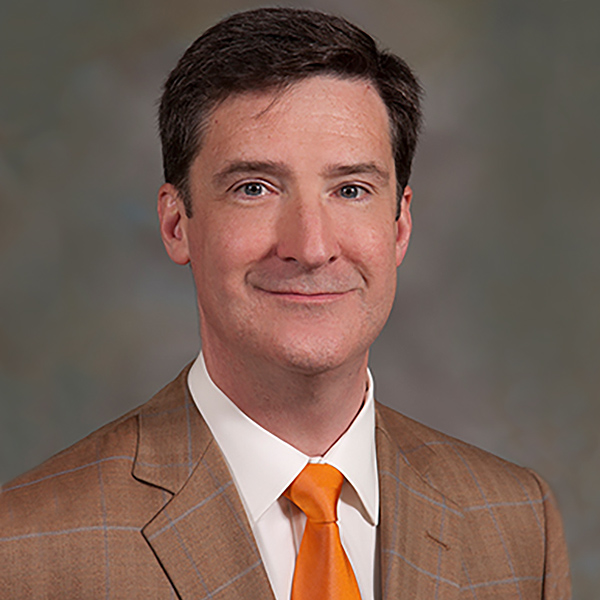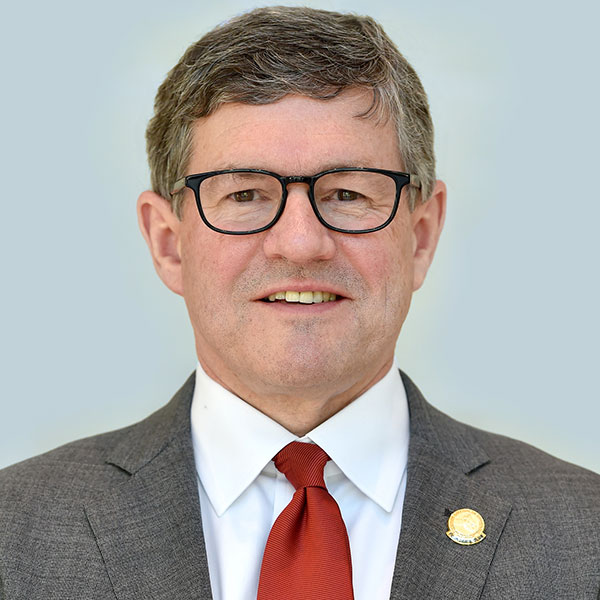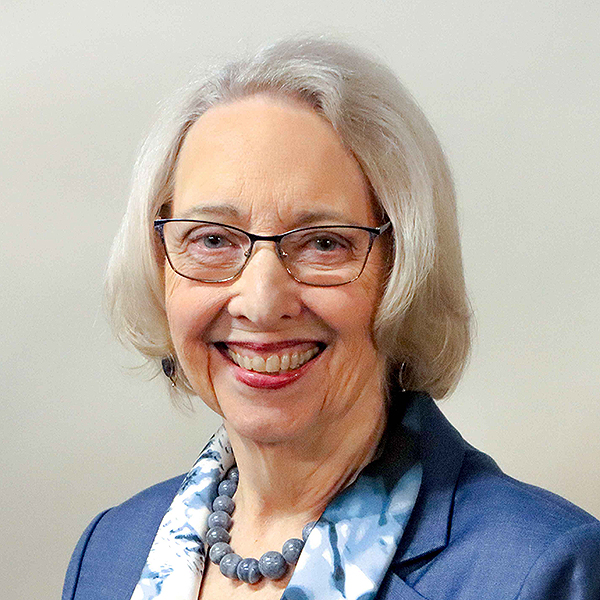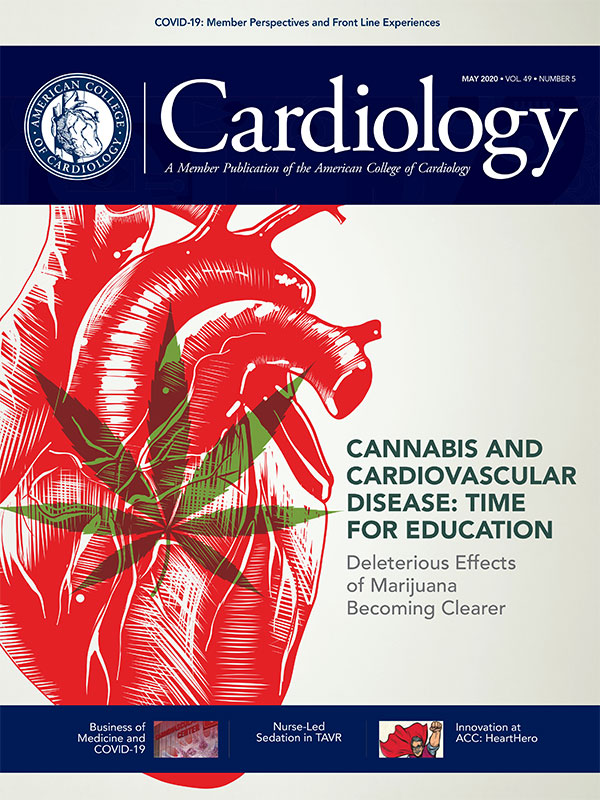Feature | Considerations For Cardiovascular Professionals and Practices During COVID-19

As cardiovascular professionals engage in the COVID-19 pandemic, ACC's COVID-19 Hub has emerged as a highly regarded resource for continuously updated information on topics such as telehealth, appropriate use of imaging, catheterization lab considerations, biomarkers, medical therapies, and information for patients.
As a supplement to this current resource, we address here several issues of importance to ACC membership.
Establishing Teams: Protecting Professionals on the Front Lines
Best practices have been published in ACC's COVID-19 Hub, including a Clinical Bulletin1 and operational considerations,2 that address some of the unique operational considerations surrounding care of patients with COVID-19.
It must be noted that age, race and the presence of comorbidities, including immunosuppression, diabetes, hypertension and pulmonary disease, impact mortality in patients with COVID-19.
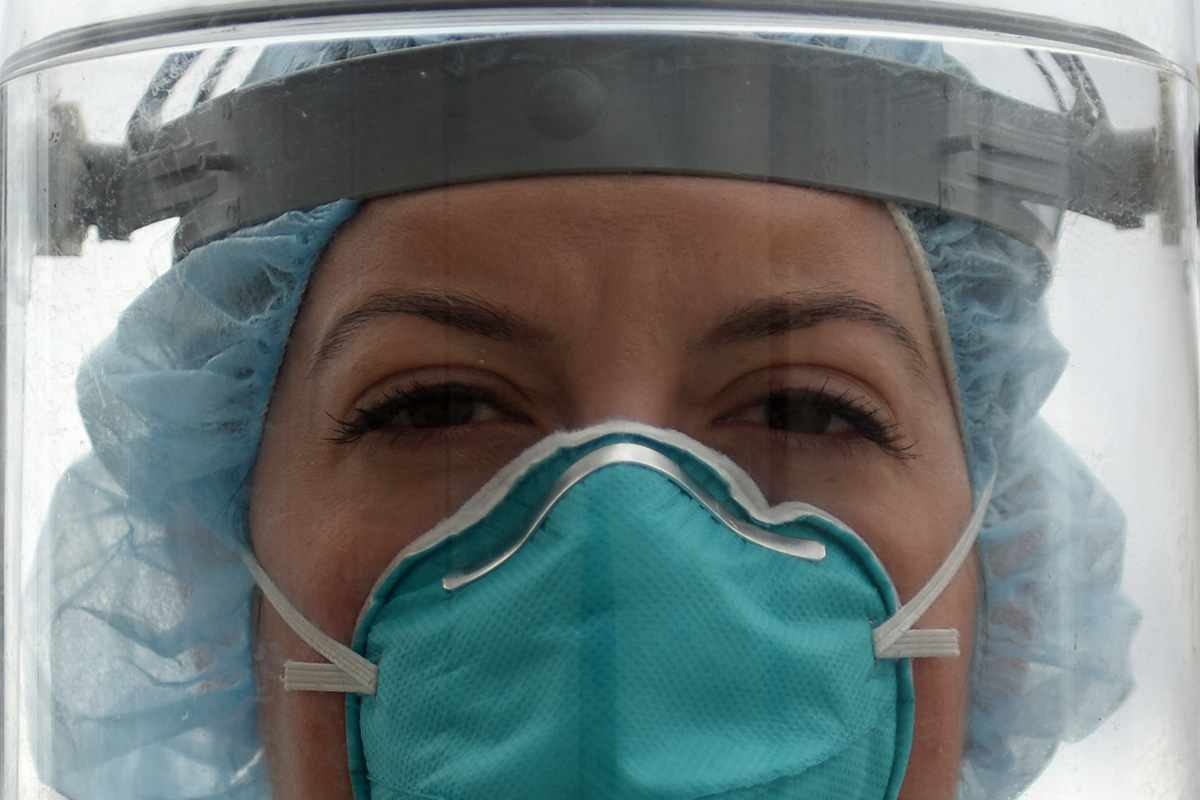
Among operational considerations is defining the caregivers who will work on the front line, who will support them, and creating rotating care teams. Importantly, we must work to best ensure the safety of our health care workers.
A successful strategy for addressing these considerations, based on our discussions with several practice leaders across the country, are:
- Encourage open communication between all members of the team and the leadership of the practice or hospital about any comorbidities clinicians may have that places them at higher risk of death if they contract COVID-19.
- Seek volunteers for the frontline care teams, and determine other roles for those who reasonably are not comfortable working on the front line.
With this approach, most institutions have found that volunteerism has been good. Furthermore, an effective approach to determine the team members who will work on the front line for inpatient care or on the back line for outpatient telehealth seems to be a central decision-maker working one-on-one with the members of the cardiovascular care team.
Anecdotally, age has not been a consistent determinant for volunteering. Unfortunately, in situations overrun with COVID-19 positive patients, volunteerism may succumb to the Hippocratic Oath and it may still be all hands-on-deck.
As stated in the American Medical Association's Principles of Medical Ethics: Because of their commitment to care for the sick and injured, individual physicians have an obligation to provide urgent medical care during disasters. This obligation holds even in the face of greater than usual risks to physicians' own safety, health or life.3
Protecting Our Families
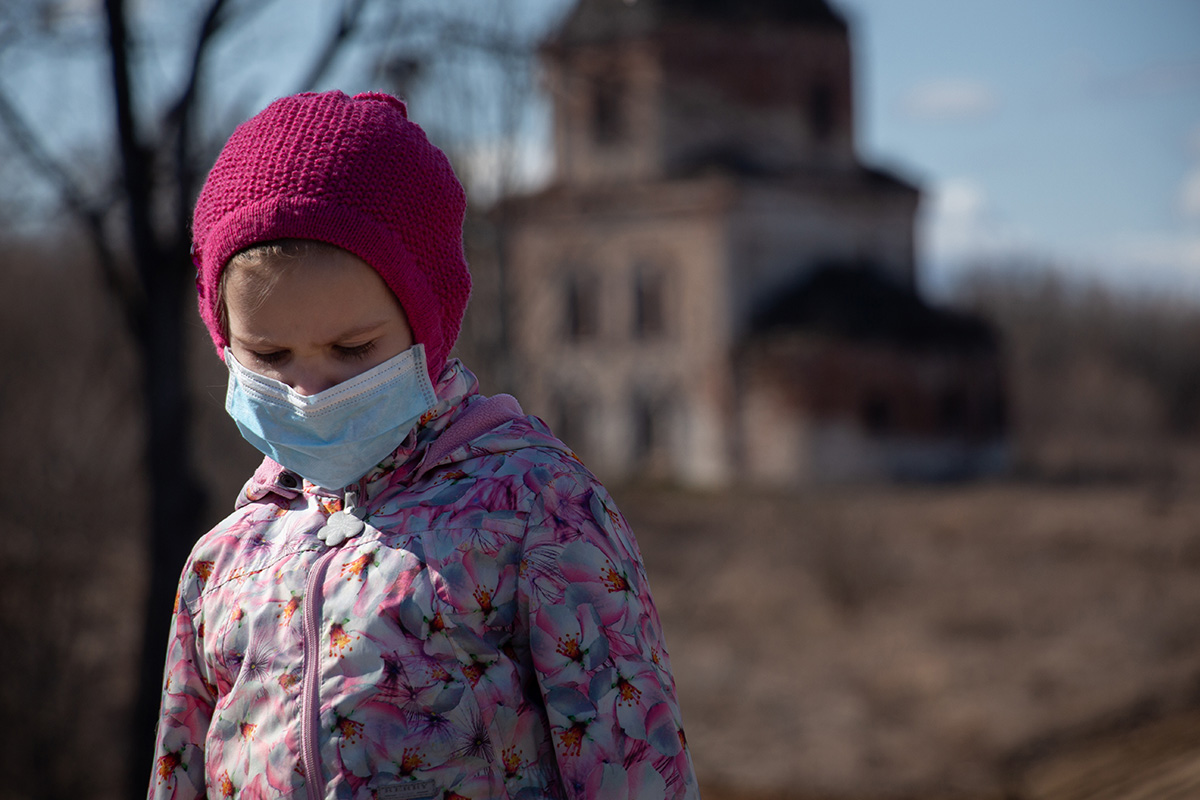
Every clinician working on the front line should have a protocol to separate work and home to protect their family – just as they follow guidance for donning and doffing personal protective equipment (PPE) in health care environments.
Techniques suggested by ACC members include:
- Keep your work attire separate from your home attire by changing into scrubs. Consider leaving your white coat and possibly stethoscope behind when entering the COVID-19 clinical environment.
- Be an advocate for appropriate precautions to limit exposure in clinical areas through single entrance points, screening patients and disinfecting clinical areas.
- Obey the most recent guidance for PPE, practice frequent hand washing, minimize physical contact when in care environments, and embrace telehealth.
- As possible, have a staging area to re-enter your home in a way that isolates your work environment from your home environment. Bag your clothes or wash them when you return home, shower and change into your favorite sweats.
- Keep your home environment as safe as possible by embracing all the standard measures to mitigate spread: stay home, practice physical distancing, wear masks and stay safe!
This is our war against an invisible foe. Protect yourself and your family so you can continue to care for others.
Recognizing Health Care Worker Value During Financial Hardships

The financial consequences of the COVID-19 pandemic cannot be ignored. As health care has become appropriately myopic toward COVID-19, and as hospitals and practices have reduced or eliminated many cardiovascular procedures and in-person clinics, many of us are facing compensation reductions or even furlough.
This is occurring at the same time as we place our lives on the line in this battle and innovate to provide care for our patients.
While RVU-based compensation has been the norm, the COVID-19 pandemic has exposed the weaknesses of a fee-for-service model that is driven by volume. The long-discussed value transformation may occur at the "speed of now" when we reboot after this public health emergency.
Telehealth clearly is here to stay. And through the work of ACC Advocacy, it has now been recognized as providing greater value.4
The Coronavirus Aid, Relief, and Economic Security (CARES) Act has supported eligible providers with direct compensation and practices with paycheck protection programs and low-interest economic injury disaster loans.5
When deciphering ownership of this hardship support, these stimulus checks should flow to the care teams who have been in harm's way and who have often already modified their compensation.
Supporting and ensuring the integrity of the care team at all levels (financial, psychological and physical) is critical not only for the current acute phase response, but is essential to restarting practices and hospital services as the public health emergency recedes.
Hopefully, two lessons from this tragedy will be that we are all in this together as we transform cardiovascular care and improve heart health, and that our value comes from prevention and interventions that raise the public health.
Prior Authorization Reform, Reducing Administrative Burden During Our Return

Although it appears COVID-19 will stretch through 2020, cardiovascular disease persists and we will need to provide care for our patients as we emerge from our shelters. Prior authorization, a payer-mandated barrier to patient access,6 has the potential to more starkly interrupt care in this critical time.
Recognizing this imperative, the ACC recently joined a coalition of national medical associations in urging state governors and insurance commissioners to ask health plans in their states to wave prior authorization for all health services for the duration of the national emergency.
Capitalizing on our grassroots connections through the Board of Governors and State Chapters, the College will continue to advocate at the local level to relieve the crippling burden that prior authorization poses to an already beleaguered health care workforce.
The College also anticipates continuing this effort beyond the resolution of the COVID-19 surge. Indeed, vigilant advocacy will be required to prevent a reinstitution of poor past practices that starkly limit the delivery of appropriate care.
The College's State Affairs staff and the Health Affairs Committee will continue to coordinate with our Chapters to anticipate and address this challenge.
Rebooting the Engine Using Lessons From the Pandemic
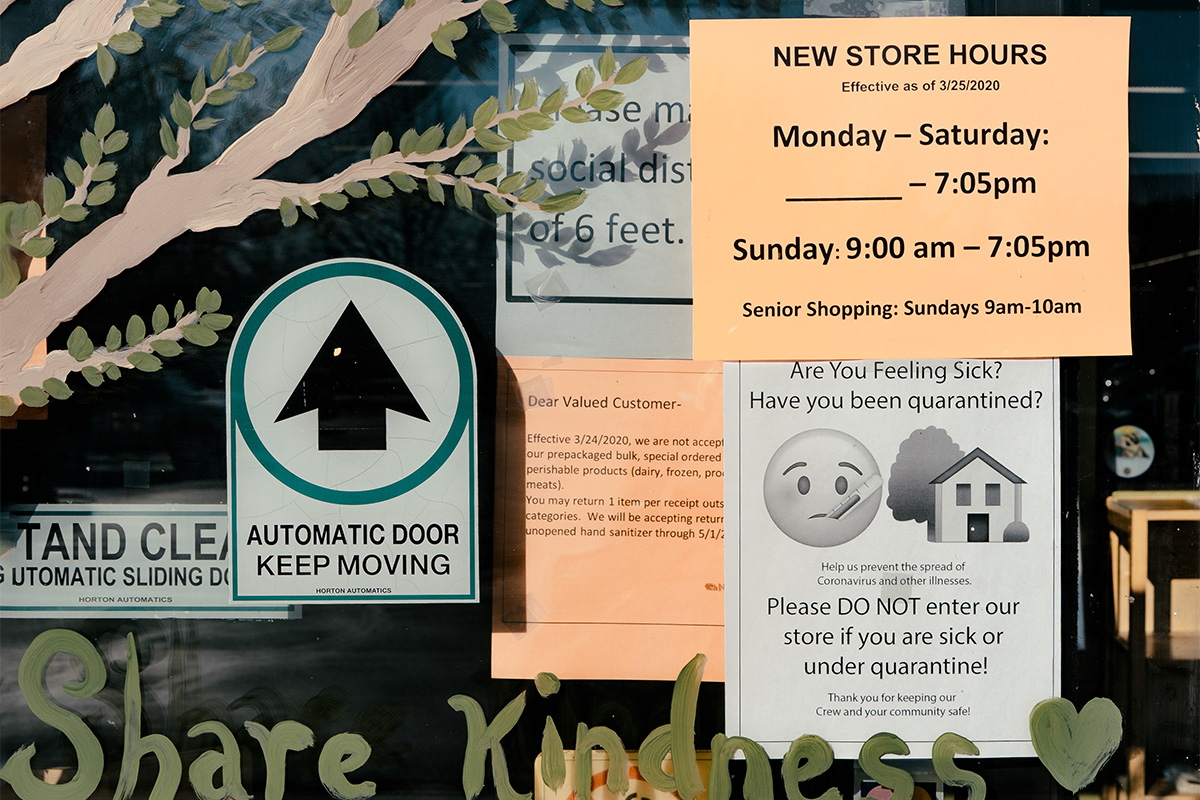
The success of practice recovery, or the return to the new normal, will rise or fall based on three factors:
- The depth of economic damage resulting from shutting down the economy for several months.
- The confidence of patients and of the care team that risks of COVID-19 infection have been adequately reduced to safely allow traditional face-to-face care.
- The retention of critical staff to support resuming procedural and office care.
Millions have lost their jobs, and with them, their insurance. Even those with insurance will be challenged to meet co-pays and afford high deductibles.
Many seniors covered by Medicare may have to support adult children who have lost jobs, creating further strain to cover co-pays and medications.
Restoring the confidence of patients and staff that it is safe to return to "business as usual" will require extensive and frequent testing for active infection and acquired immunity.
This will be a dynamic gradient of risk assessed over time and could be drastically undercut if there is a recurrence of widespread new infections or development of new regional "hotspots."

Staff who were laid off, furloughed, redeployed or had a reduction in work hours may not return to their same jobs, potentially crippling any effective "reboot" to meet the returning clinical demand.
What will we do?
We will need to find our future together.
Cardiovascular disease has not been cured and we will need to practice medicine as a team with our patients in safer environments. Telehealth and aggressive communication with our patients may create more access to and enthusiasm for prevention of cardiovascular disease.
Each practice is encouraged to define a framework to guide their emergence. Critical elements include geographical awareness (incidence and prevalence of COVID-19), preparedness (PPE/testing/supply chain/staffing), and patient safety (communication/visitors/social distancing).
Clinic operations will need to consider new safer protocols such as:
- Establishing waiting rooms that allow appropriate social distancing
- Performing more pharmacologic stress studies and two-day nuclear protocols
- Considering barriers for sonography tables to protect sonographers
- Ensuring adequate supply chains for PPE
- Determining the need for COVID-19 testing
The patient will be at the center of the new normal, with an integrated care team. All actions will be guided by the overriding lesson of this pandemic: We are all in this together.
Handling Requests From Patients For Work Exemption
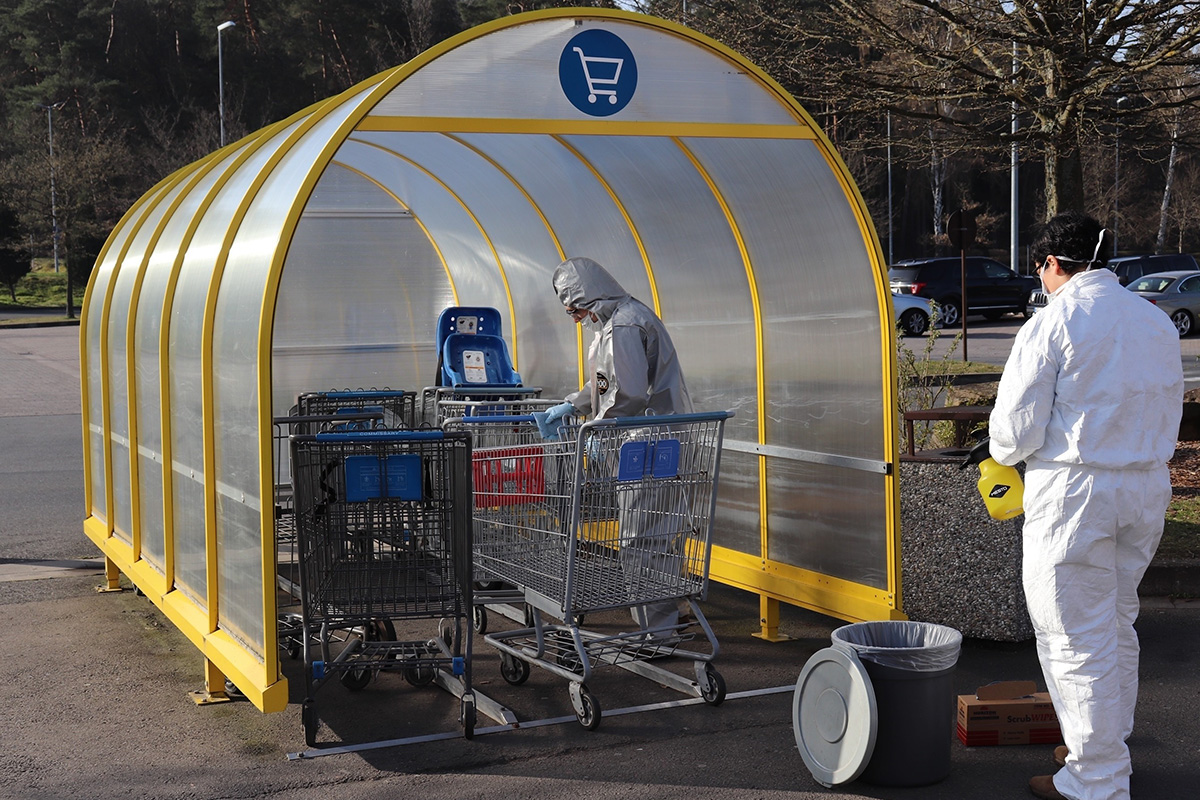
During the pandemic, patients with cardiovascular disease may legitimately seek the advice of their providers about the safety of continuing to perform their jobs. This places the cardiovascular professional in a difficult position for three reasons.
One, the actual risk of exposure to the coronavirus for a given occupation is an epidemiologic question that few of us are well equipped to judge.
Two, despite the consistent finding that "underlying conditions" predict a poor outcome, there are few data to adequately describe the influence of specific cardiac diagnoses on the course of COVID-19 infection. One might intuitively expect hypertension alone to be a less threatening host state than an ischemic cardiomyopathy and chronic systolic heart failure, but reliable outcome data stratified by underlying disorders simply don't exist.
Three, the heightened state of social anxiety associated with the pandemic may lead some patients to overestimate their personal risk, and seek exemptions from performing necessary tasks that the public may require to successfully negotiate the crisis.
We suggest that a request for a work exemption related to COVID-19 exposure should be approached similarly to a request for a perioperative cardiac risk assessment.
When asked about the cardiac risk of noncardiac surgery, we do not provide a "yes or no" clearance; rather, we provide our best estimate of the risk to the patient based on the underlying cardiac condition and the planned procedure.
In the COVID-19 setting, the epidemiologic risk of exposure is analogous to the surgical risk, and the influence of the cardiac condition on the course of infection is analogous to its influence on the surgical outcome.
If either are difficult to estimate, as will usually be true, we suggest a statement to the patient and his or her employer stating the patient may be at increased risk, directing the employer to consult the Centers for Disease Control and Prevention (CDC) guidelines to mitigate risk, and admonishing that appropriate PPE for the setting be provided.
A model work exemption letter from the Board of Governors, authored by Friederike Keating, MD, FACC, and Joseph Marine, MD, FACC, is provided here:
To whom it may concern:
This is to notify you that , DOB , is a patient in our practice and is in an elevated risk category for COVID-19 as defined by the Centers of Disease Control (CDC).
Employers are urged to refer to CDC recommendations regarding workplace accommodations, to be found here.
Specifically, "Be aware that some employees may be at higher risk for serious illness, such as older adults and those with chronic medical conditions. Consider minimizing face-to-face contact between these employees or assign work tasks that allow them to maintain a distance of six feet from other workers, customers and visitors, or to telework if possible."
In addition, healthcare workers should be assured of adequate personal protective equipment appropriate to their work environment.
[Signature line]
References
- COVID-19 Clinical Guidance For the Cardiovascular Care Team. ACC Clinical Bulletin, March 6, 2020.
- Fry ET. COVID-19 Operational Considerations. Cardiology, March 20, 2020.
- AMA Principles of Medical Ethics. Available here. Accessed April 22, 2020.
- CMS Interim-Final COVID-19 Rule: Deep Dive into Telehealth and Communication Technology-based Services. ACC News Story. April 2, 2020.
- A Breakdown of CARES Act Financial Resources for the COVID-19 Pandemic. ACC News Story. Updated April 13, 2020.
- Miller AP, Shor R, Waites T, Wilson BH. Prior Authorization Reform for Better Patient Care. J Am Coll Cardiol 2018;71:1937-39.
Clinical Topics: Acute Coronary Syndromes, Anticoagulation Management, Arrhythmias and Clinical EP, Cardiac Surgery, Congenital Heart Disease and Pediatric Cardiology, COVID-19 Hub, Diabetes and Cardiometabolic Disease, Dyslipidemia, Geriatric Cardiology, Heart Failure and Cardiomyopathies, Invasive Cardiovascular Angiography and Intervention, Noninvasive Imaging, Pericardial Disease, Prevention, Pulmonary Hypertension and Venous Thromboembolism, Sports and Exercise Cardiology, Stable Ischemic Heart Disease, Valvular Heart Disease, Vascular Medicine, Anticoagulation Management and ACS, Implantable Devices, SCD/Ventricular Arrhythmias, Atrial Fibrillation/Supraventricular Arrhythmias, Cardiac Surgery and Arrhythmias, Cardiac Surgery and CHD and Pediatrics, Cardiac Surgery and Heart Failure, Cardiac Surgery and SIHD, Cardiac Surgery and VHD, Congenital Heart Disease, CHD and Pediatrics and Arrhythmias, CHD and Pediatrics and Imaging, CHD and Pediatrics and Interventions, CHD and Pediatrics and Prevention, Acute Heart Failure, Pulmonary Hypertension, Interventions and ACS, Interventions and Imaging, Interventions and Structural Heart Disease, Interventions and Vascular Medicine, Angiography, Nuclear Imaging, Hypertension, Sleep Apnea, Sports and Exercise and Congenital Heart Disease and Pediatric Cardiology, Sports and Exercise and ECG and Stress Testing, Sports and Exercise and Imaging, Chronic Angina
Keywords: Acute Coronary Syndrome, Anticoagulants, Arrhythmias, Cardiac, Cardiac Surgical Procedures, Metabolic Syndrome, Angina, Stable, Heart Defects, Congenital, Dyslipidemias, Geriatrics, Heart Failure, Angiography, Diagnostic Imaging, Pericarditis, Secondary Prevention, Hypertension, Pulmonary, Sleep Apnea Syndromes, Sports, Angina, Stable, Exercise Test, Heart Valve Diseases, Aneurysm, COVID-19, Coronavirus, Coronavirus Infections, Cardiology Magazine, ACC Publications

